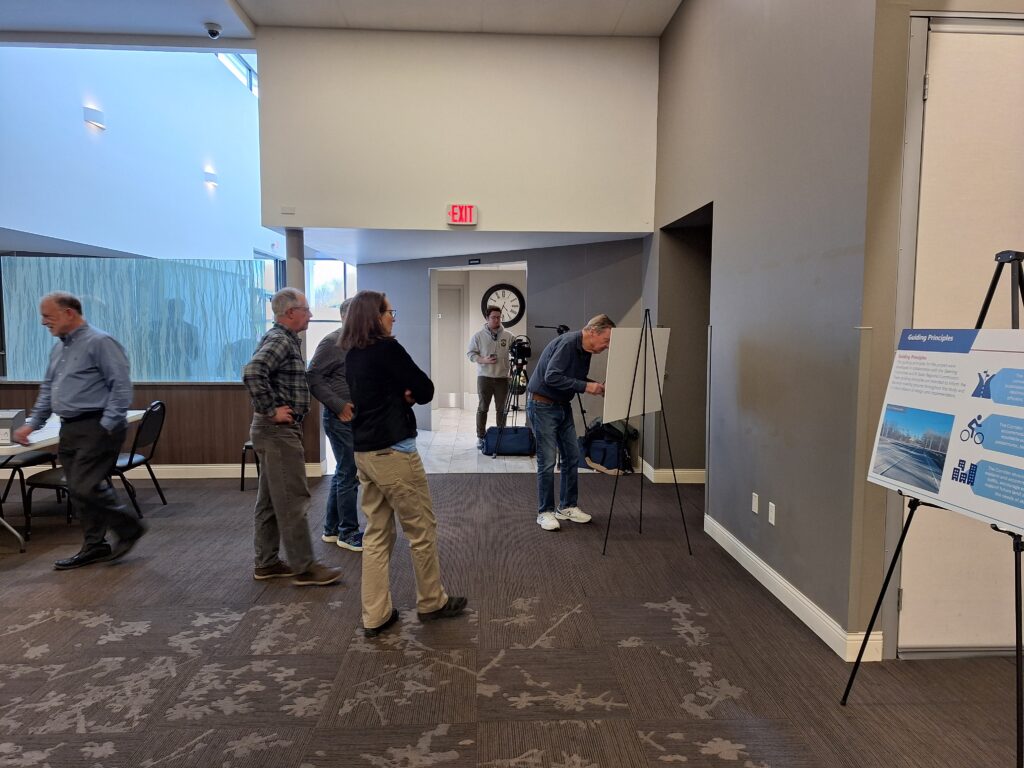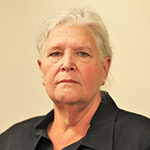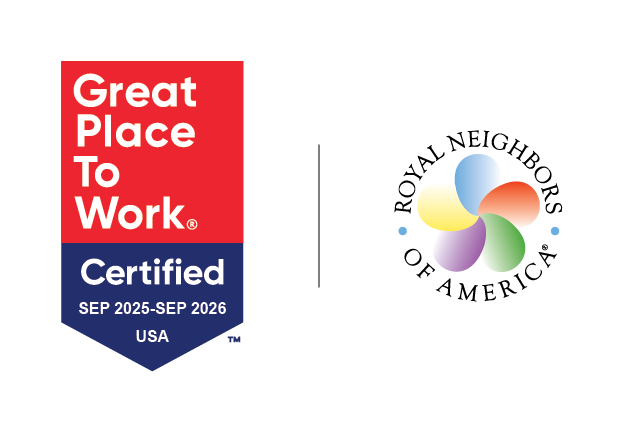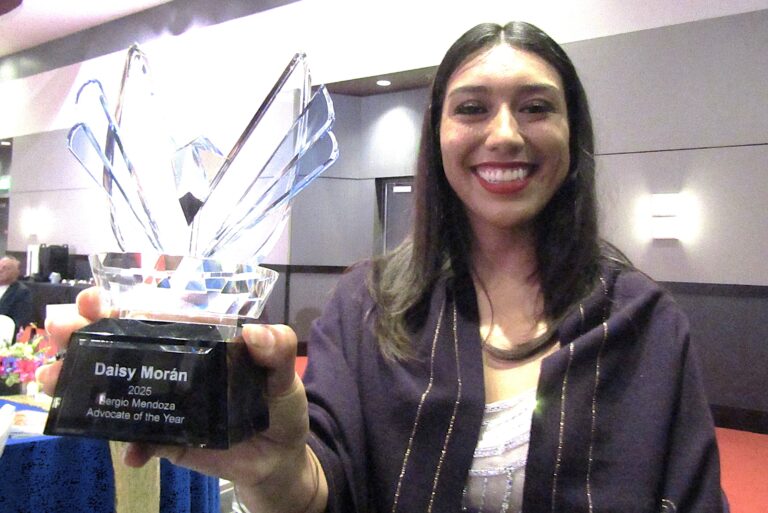QC shares input on Andalusia-Indian Bluff east-west corridor study

The Bi-State Regional Commission welcomed Quad Citians to the last in a series of public meetings to offer input about efforts to improve the critical Andalusia Road and Indian Bluff Road corridor. CREDIT KENDA BURROWS
MILAN – A stream of visitors made their way to the village’s Camden Centre conference room on Wednesday, April 9, to share their thoughts on improvements proposed for a critical and heavily traveled east-west Illinois Quad Cities corridor.
That 8.3-mile-long Andalusia Road – Indian Bluff Road artery from Turkey Hollow Road to U.S. 150 was initially selected for study…

Want to Read More?
Get immediate, unlimited access to all subscriber content and much more.
Learn more in our subscriber FAQ.
Do you want to read and share this article without a paywall?







